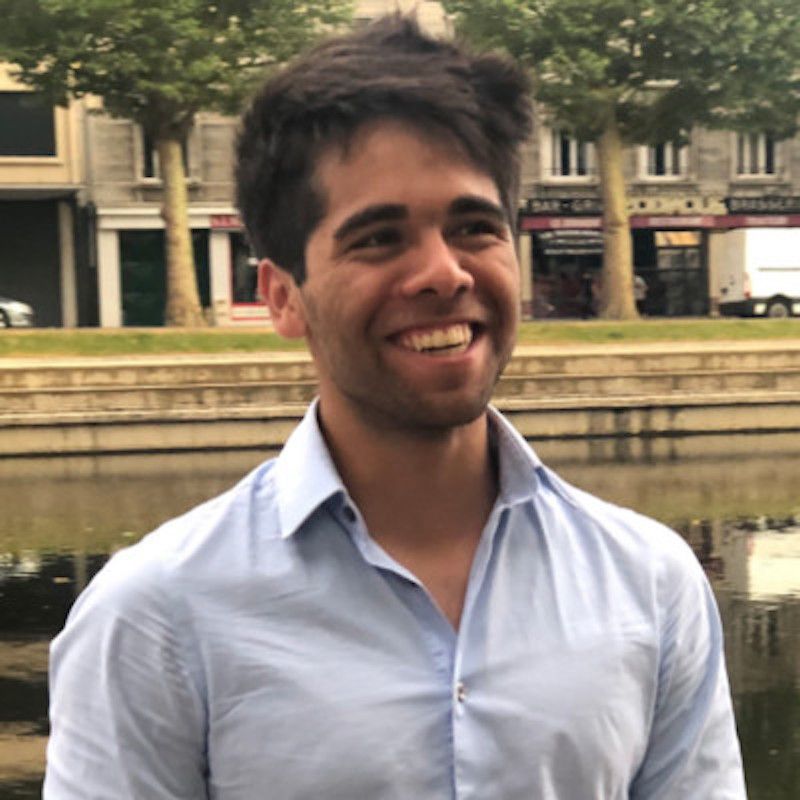Brenden Ortiz, UC Santa Barbara: Materials Discovery of Next-Generation Quantum Materials, The AV3Sb5 (A: K, Rb, Cs) Kagome Superconductors

Zoom Details
Seminar
2:00 pm - 3:00 pm
Zoom Link: For Zoom Information Please Contact: QF-admin@cnsi.ucsb.edu
Speaker
Brenden Ortiz
Postdoctoral Research Fellow
UC Santa Barbara
Bio
Brenden received his B.S. in Engineering Physics and Ph.D. in Materials Science from the Colorado School of Mines in Golden, Colorado. His graduate work was focused on the high-throughput discovery and optimization of thermoelectric materials with Prof. Eric Toberer. He is currently an Elings postdoctoral fellow at the University of California Santa Barbara with Prof. Stephen Wilson. At UCSB his focus expanded into the realm of quantum materials, including superconductivity, low-dimensional systems (triangular, kagome lattices), and single crystal growth.
Abstract
New materials discovery has been a fundamental part of the synthetic chemistry, condensed matter physics, and materials fields. The targeted synthesis of new ternary and quaternary compounds has immense potential for introducing new chemical complexity and diversity into the known model systems. Our discovery of the AV3Sb5 (A: K, Rb, Cs) kagome superconductors is a prime example of how rational exploration of phase space can lead to untold opportunity. The AV3Sb5 materials are quasi-2D (structurally and electronically), exfoliative, air-stable, metals with a structurally perfect kagome network of vanadium. The entire family exhibits competition between charge density wave (CDW) order below (80-100K), and a superconducting (Tc = 0.9-2.5K) ground state. Our work indicates that the systems are topologically nontrivial, and surface states should be close to the natural Fermi level. A complex interplay between the electronic properties and the CDW is observed, with the possibility of a chiral CDW as the source of anomalous Hall effect in the entire family. In this seminar, I will describe the rapidly growing body of knowledge surrounding the AV3Sb5 system, including potential topological surface states, unconventional superconductivity, and interplay of charge density wave order and superconductivity.